7 Ways To Make Eating Healthy More Affordable
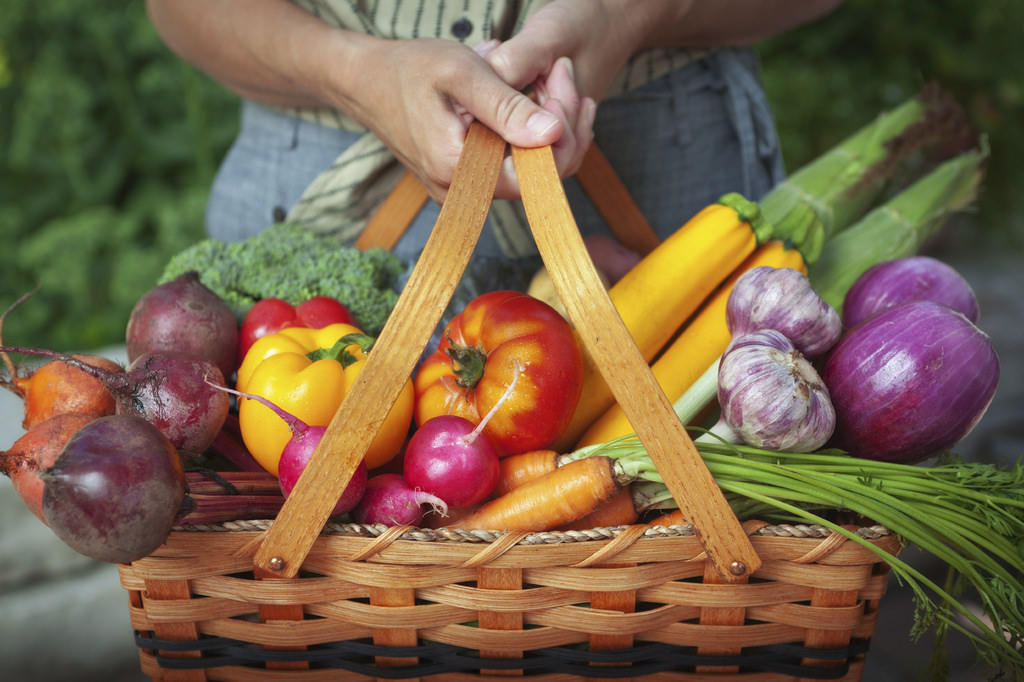
When people think of eating healthy, they often think of spending a lot of money on organic food or maxing out their credit cards at Whole Foods.
In fact, a 2009 survey from Technomic found that 53 percent of people buy unhealthy foods because of cost constraints. With so much information these days on the importance of eating well, people would like to get healthy foods; they just feel that they can’t afford it.
Although certain health foods do come at a premium cost, not all nutrient-filled foods are expensive. If you’re someone who is shopping on a budget, it is still possible to load up on good foods at a low cost.
Eating healthy doesn’t mean you need to always be drinking kale smoothies from your local trendy juice bar or loading up on supplements with names you can’t even pronounce.
With a little bit of planning and the right information, you can buy ingredients for healthy foods without breaking the bank.
If you’re trying to eat better without going into debt, consider these 7 tips for eating healthy on a tight budget.
1. Buy In Bulk
“Buy healthy things you like in bulk,” says registered dietitian Lisa Hugh. Nutritious foods such as dried beans, brown rice, dried fruit, and even certain vegetables are cheaper in bulk, and you can stretch them out through many different meals or keep them stored in the pantry for long term use.
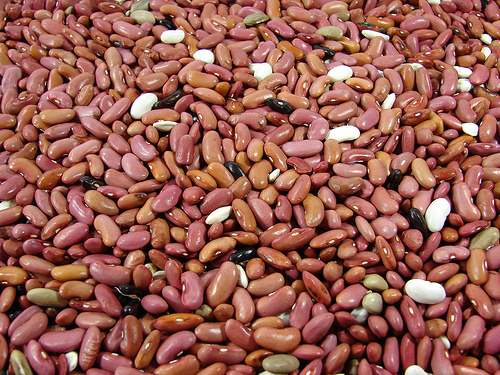

2. Buy Frozen Vegetables
Frozen vegetables are usually cheaper than fresh vegetables, and as it turns out, they happen to be more nutritious. Unlike fresh produce, they are picked at peak ripeness and then frozen right away, which preserves their nutrients.
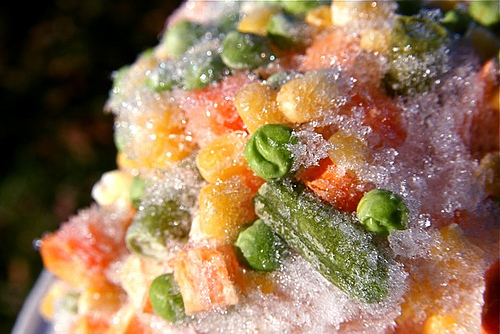

3. Get Some Good Containers
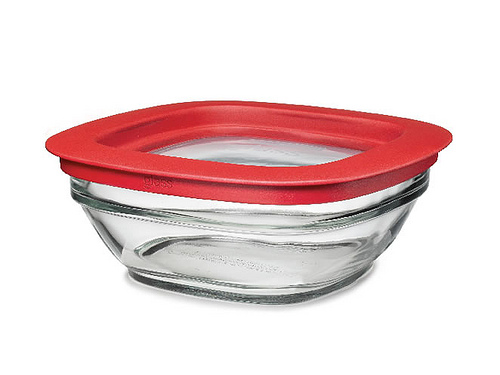

4. Don’t Worry About “The Clean 15”
You might think it would always be beneficial to buy organic, but for certain foods, it’s not worth the extra cost. Foods with low amounts of pesticides are known as “The Clean 15,” and when it comes down to these types of produce, you’re going to buy the original kind.
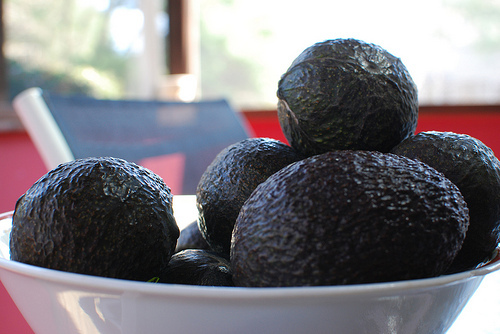

5. Look For Sales
Pay attention to weekly coupons or in-store sales. Compare prices at multiple grocery stores, and know where your go-to will be for particular items. Check the deli for meats near their expiration date, which often get put on sale, although they are still good for a few days past their date.
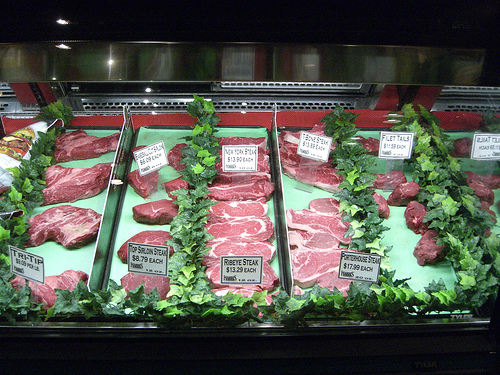

6. Feel Free To Freeze
“Most foods freeze well,” says Hugh. “Cook in bulk and make frozen dinners to use in the future.” Sticking foods in the freezer will ensure you don’t waste anything you buy, and it will help prevent you from buying too many groceries later.
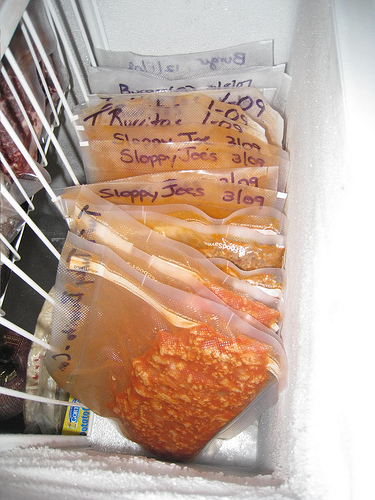

7. Don’t Feel The Need To Replace Every Single Item
“Every single food in your house does not have to be replaced,” says Hugh. “For example, barbecue sauce might have added sugar, but use what you have along with fresh or frozen chicken. You don’t have to make it from scratch or eat bland food.”
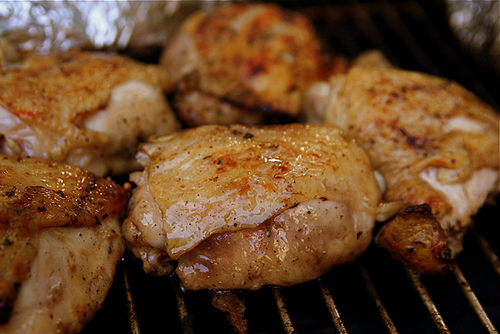

Photo by cadyellow
Photo by takebackyourhealthconference

